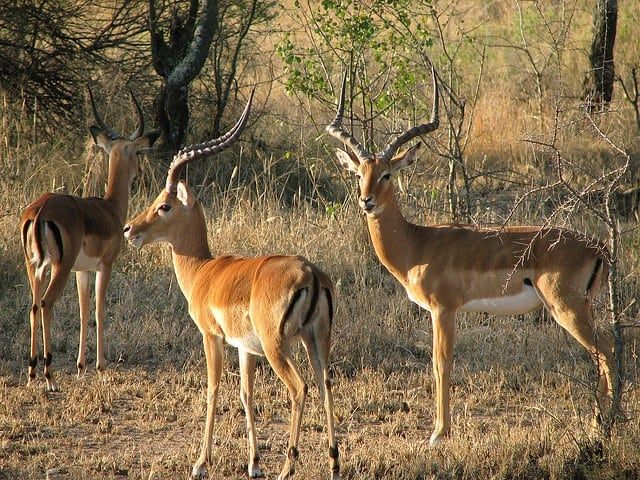The name ‘Serengeti’ comes from the Maasai language and appropriately means an ‘extended place’. Spanning an area of approximately 12,950 square kilometres, Serengeti National Park is renowned in the world for offering the most complex and least disturbed ecosystem on earth. The Serengeti region, with its unparalleled natural beauty is further subdivided into the Ngorongoro Conservation Area, Maswa Game Reserve, the Loliondo, Grumeti and Ikorongo Controlled Areas and the Maasai Mara National Reserve.
Stretching north to Kenya and bordering Lake Victoria to the west, Tanzania’s oldest national park is visited by over 90,000 tourists every year. A world heritage site, the Serengeti ecosystem is famed for its annual migration. As per estimates, more than 200,000 zebra and 300,000 Thomson’s gazelle migrate here for fresh grazing.
An important centre of scientific research, Serengeti National Park was originally formed by volcanic activity. The wilderness was discovered about hundred years ago by the nomadic Maasai. Naturalist Dr. Oscar Baumann was the first European to explore this area.
The rich variety which the Serengeti ecosystem has to offer is delightful. From 100 varieties of dung beetle, 500-plus bird species, gaudy agama lizards and rock hyraxes scuffle, Serengeti National Park has it all. The highest concentration of large mammals and lions, which is 2,500 is also found here.
The climate here is usually warm. During summers, the temperatures vary in the range of 15 to 25 degree celsius. Serengeti usually experiences two rainy seasons, short rains falling from October to November. The main rainy season is from March to May. Evenings tend to get cold in this area. Any time other than during the long rains in April and May is a perfect time to visit this park. Wildlife enthusiasts suggest that when planning a trip to Serengeti National Park, it is best to keep the migration of birds and animals in consideration. To follow the wildebeest migration, opt for the months between December and July. To see predators, the months of June and October are your best bet.
The official currency of Tanzania is Tanzanian shillings and cents. However, US dollars are also acceptable everywhere. The nearest international airport is Kilimanjaro Airport near Arusha. Otherwise, the park is also accessible by road. Serengeti National Park has a wide variety of accommodation to offer, ranging from large hotels to lodges. One of the famous modes of accommodation here are the mobile camps – lightweight safari camps that travel with the Migration herds. This is the highly recommended for bold tourists.
Serengeti National Park can be broadly divided into four distinct areas – the central Seronera Valley, the Western Corridor, the Northern Lobo and Kogatende areas, and the Southern Plains.
• Central Seronera Valley: This is the most easily accessible region of the park. Due to a network of river valleys which surround it, this area enjoys considerably rich wildlife throughout the year. Central Seronera Valley is the best place to spot migration herds.
• Western Corridor: Following the path of the Grumeti River towards Lake Victoria, this area is best for spotting migration action in May and June.
• Northern Lobo and Kogatende: A ten hour drive from Seronera Valley, this region is described as ‘ultimate paradise’ for safari buffs. All the mobile camps move here during migration.
• Southern Plains: The major attraction of this area is the calving season in February when approximately 8,000 wildebeest are born every day for a two week period!
A rare, yet available and unique option is to tour the Serengeti by hot air balloon. Though this might be slightly heavy on the pocket, it is a thrilling new way to enjoy wildlife sightseeing while relaxing.
So be it for your honeymoon or a general family vacation, Serengeti National Park is an excellent option.










